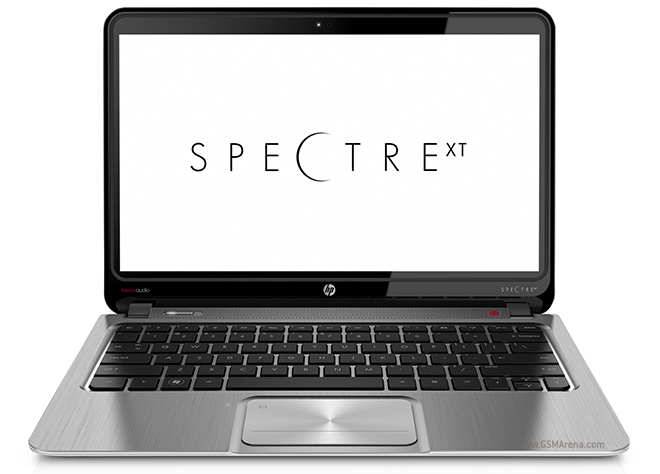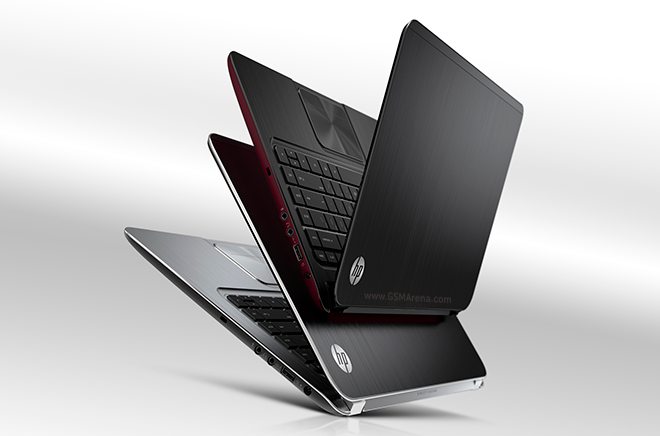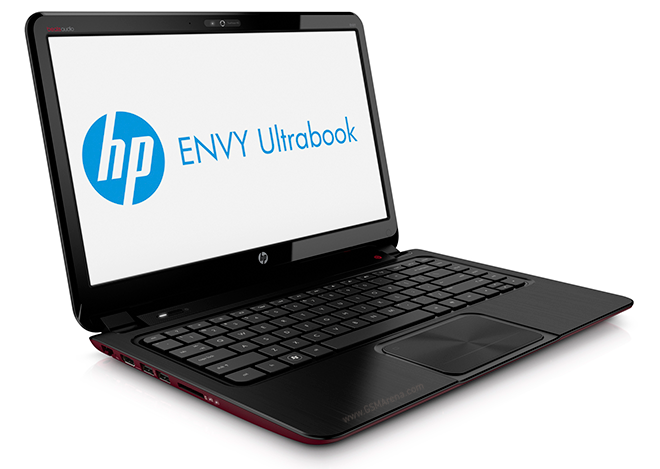The Sprint Wireless exclusive HTC Evo 4G LTE is the latest smartphone to come from the close and rather prolific collaboration between the carrier and the Taiwanese manufacturer. The handset is bound to take its spot as the flagship for Sprint's newly launched LTE network.
While its name might lead you to believe otherwise, the HTC Evo 4G LTE is rather closely related to the HTC One X for AT&T. It sports practically the same internals as its polycarbonate sibling, but with a few extra touches, which are bound to make a lot of HTC One X owners pretty jealous.



HTC Evo 4G LTE official photos
The abovementioned extras include a microSD card slot, a dedicated camera button, as well as a metal kickstand, which harks back to the glory days of the original HTC Evo 4G. In short, the HTC Evo 4G LTE offers the same top of the line functionality, which we came to love in the HTC One X, while addressing most of its shortcoming.
Here goes the full list of features, which the newcomer has to offer.
Pros:
- LTE/CDMA network support
- 4.7" 16M-color Super LCD 2 capacitive touchscreen of HD resolution (720 x 1280 pixels); Gorilla glass
- Superb build quality
- Android 4.0.3 Ice Cream Sandwich with HTC Sense 4.0
- 1.5 GHz dual-core Krait CPU, Qualcomm Snapdragon S4 chipset
- 1 GB of RAM and 16GB of storage; microSD card slot; 25GB of free Dropbox storage for 2 years
- 8 MP autofocus camera with LED flash; face detection and geotagging; dedicated button
- 1080p and 720p video recording @ 30fps with stereo sound
- 720p front-facing camera for video-chat
- Wi-Fi b/g/n and DLNA
- GPS with A-GPS
- NFC connectivity with Google Wallet pre-installed
- Stereo FM radio with RDS
- Accelerometer, proximity sensor and auto-brightness sensor
- Standard 3.5 mm audio jack
- microUSB port (charging) and stereo Bluetooth v4.0
- MHL TV-out (requires MHL-to-HDMI adapter)
- Smart dialing, voice dialing
- HD voice capable
- DivX/XviD video support
- HTCSense.com integration
- HTC Portable Hotspot
- Office document editor
- Beats audio enhancements
- Built-in metal kickstand
- 2000 mAh battery with impressive endurance
Cons:
- Only available in the United States
- Sprint's LTE network is still in early stages of deployment
- Non-user-accessible battery
- The glossy plastic cover on the device's back is a fingerprint magnet
On paper the HTC Evo 4G LTE is the best equipped smartphone to hit the US market so far this year. The handset simply packs everything an Android junkie can possibly demand, wrapped up in solidly built, good looking package.



























